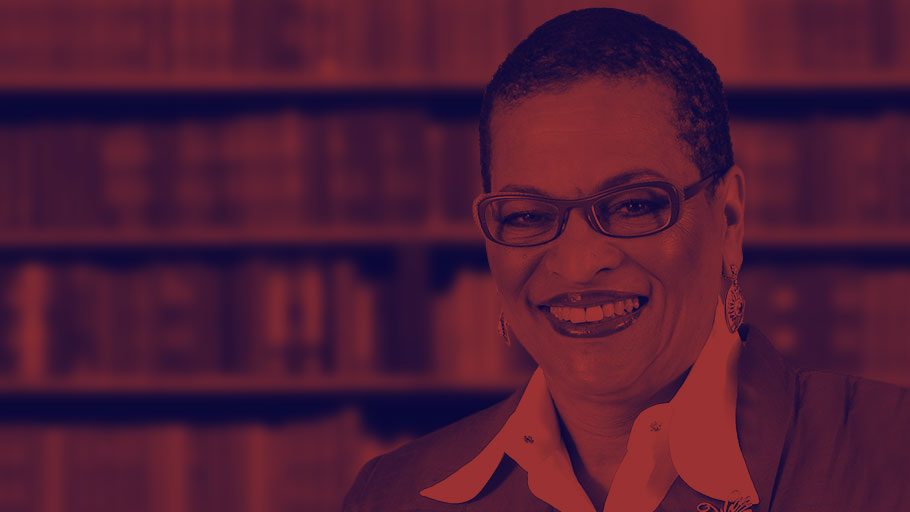For all of 2023, overall unemployment have been below 4 percent. These rates are lower than they have been for 50 years. People should be celebrating these low rates, but instead they are surlily looking askance at the Biden-Harris administration and their accomplishments. You don’t have to do much more than scratch a potential voter to find a disgruntled citizen. The statistics don’t much matter to them. It’s perception that counts more than anything. And perception is skewed by micro experiences. The sandwich at the fast-food store cost nearly $20 (not to mention you had the priciest sandwich, double fries and a big drink. The standard meal with drink and fries might have cost you $8); The electric bill was way too high. It cost you more to fill up your tank than it did three years ago (but it was cheaper than last year, right)/. People are angry and looking for someone to blame. The President of the United States is their first target, although the President can’t be blamed for all the economic woes that people are experiencing (or in some cases not experiencing0.
It is true that the unemployment rate released by the Burau of Labor Statistics every first Friday is an imperfect measure of our employment situation. If you adjust the overall unemployment rate, at 3.7 percent, for those who have dropped out of the labor market, work part time when they want to work full time, and consider other measured of underutilization, the unemployment rate looks more like 7 percent. For African Americans, our 588 percent looks more like 10.96 percent, which is a Depression level rate for whites. Everything is better than it was a year ago, better than it was. Before the beginning of COVID. But better doesn’t mean equal or equitable. Better isn’t good enough.
The same is true with the inflation narrative. A year ago, we were battling an inflation rate of more than 9 percent, and people were panicking about rising prices, supply chain issues, and predatory profiteering. Now, the rate hovers around 3.2 percent. Progress, no? But the pricing that hits most of us hardest, day to day, is food prices. Food prices are up 25 percent since the beginning of the pandemic. The groceries that cost $100 two years ago cost $125 now. People feel it with specific items they are buying, eggs and milk for example. Economists can talk about good new, but too many people aren’t feeling good news in their pocket.
People aren’t celebrating because they want the right now, not the long run. Unemployment rates are lower than ever (but not low enough for Black people), inflation is dropping (but not quickly enough for those who are income challenged), and employment means little when wages are low, as they are for the millions who earn less than the federal minimum wage of $7.25 an hour, or less than $15,000 a year for someone who works 40 hours for 50 weeks. Even at $15 an hour, or $30,000 a year, that’s hardly a living wage. And most low-wage workers cobble together two or three jobs, and don’t have health or other benefits.
It’s getting better after COVID. Half as many workers earn $15 an hour or less than a year ago. But wages rise slowly, and despite the “help wanted” signs that dot every urban street, too many workers say wages aren’t high enough to fully support them. So, the economic good news means little to them if their material conditions have not improved.
This is not the first time we’ve had macroeconomic good news and microeconomic angst. The data say one thing, people’s lives say another. People aren’t celebrating because even if they are doing great, their outlook is murky. This is troubling now but may be a deciding factor in the 2024 election.














